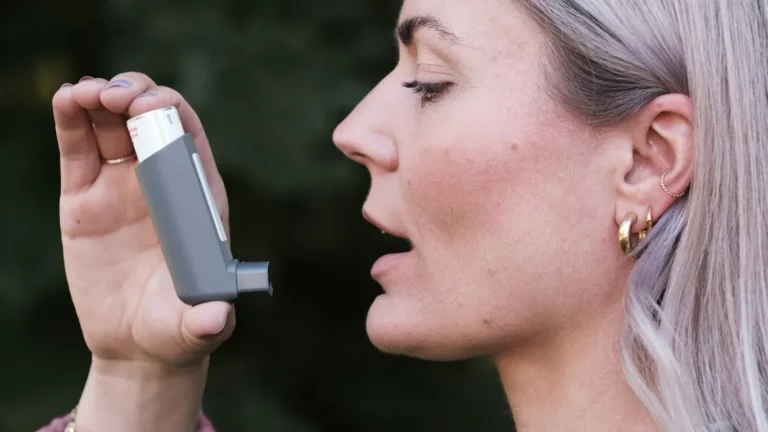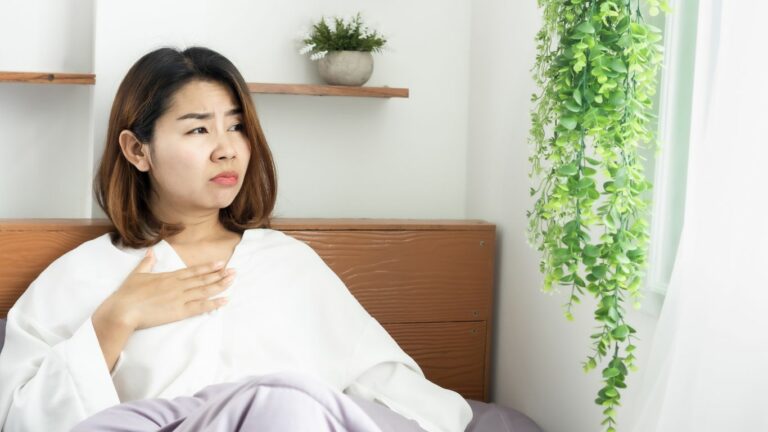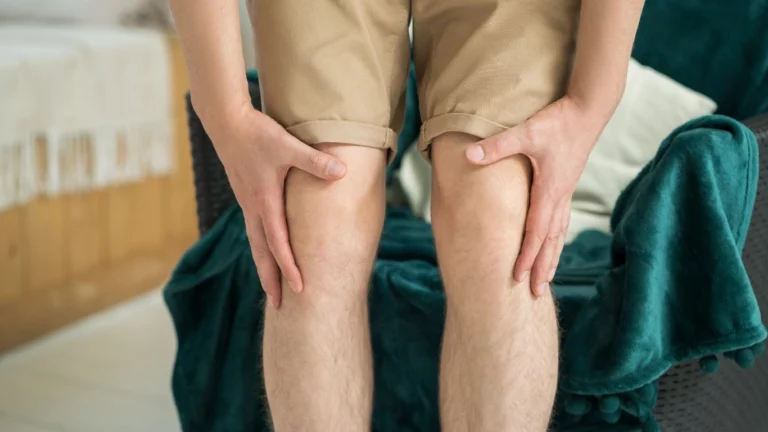Simple Tips That Actually Help RA and Winter Joint Pain
As a Rheumatology nurse practitioner, I’ve seen firsthand how the colder months can stir up all sorts of discomfort for folks living with RA. If you’ve ever felt your joints get stiffer or more painful just as the temperatures drop, you’re not imagining things. The link between RA and winter joint pain is real—and for many of my patients, it’s a seasonal struggle that can feel like an uphill battle. But the good news? There are ways to manage it, and it starts with understanding why it happens in the first place.
Why Does RA Feel Worse in Winter?

The Cold Truth: How Temperature Affects Joints
When the temperature drops, so does our blood flow—especially to the extremities. That can make your fingers, toes, and knees feel more stiff and painful than usual. With RA, the inflammation is already causing joint discomfort, and the cold just adds another layer of tightness and ache.
I always tell my patients: think of your joints like old rubber bands. When it’s warm, they stretch a bit easier. But in the cold? Everything contracts and tightens. That’s exactly what’s going on inside those inflamed joints during the winter.
Barometric Pressure and Its Sneaky Impact
This is the one that surprises people the most. It’s not just the temperature—barometric pressure plays a role too. When the pressure drops before a storm or during a cold snap, tissues in your body can expand slightly, putting more pressure on your already sensitive joints. A lot of my patients say they can ‘feel a storm coming’ in their knees—and they’re not wrong!
More Than Just the Weather: Lifestyle Shifts in Winter
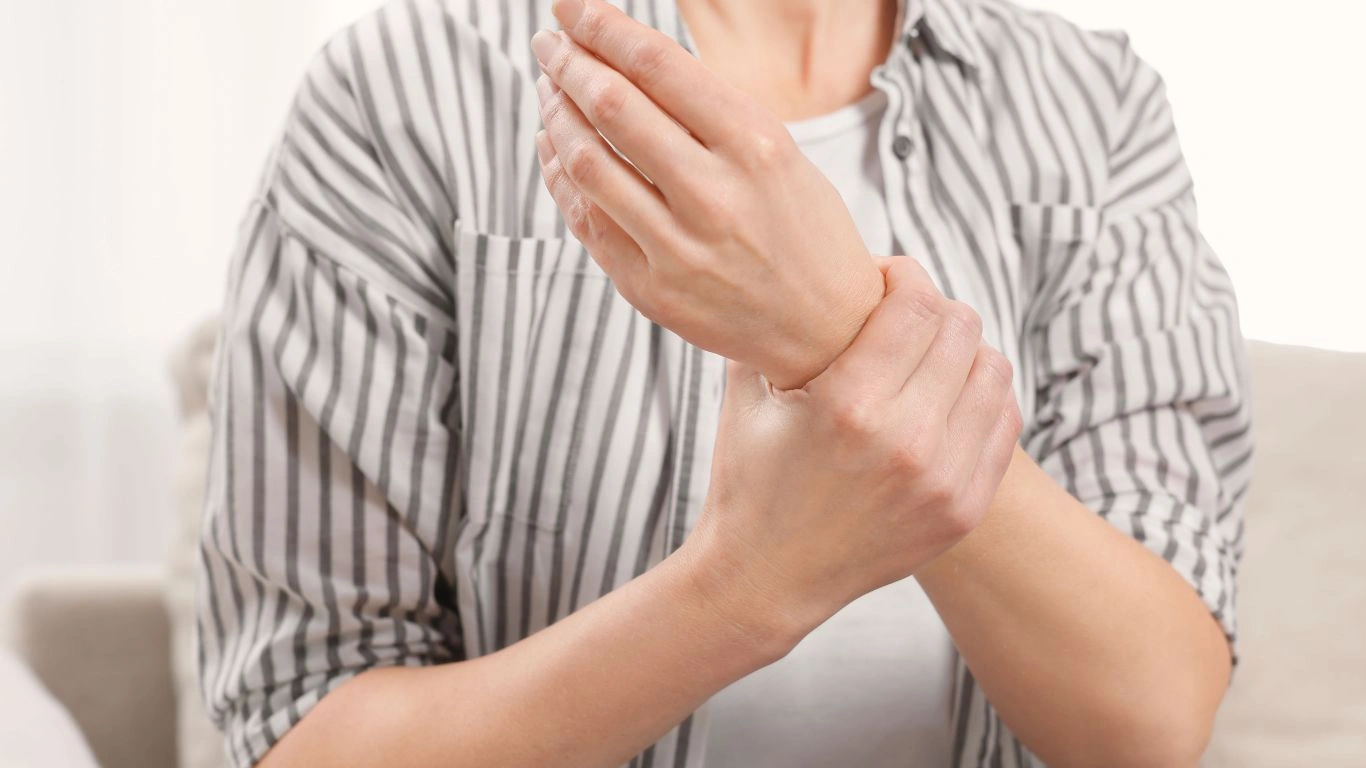
Less Movement, More Pain
Let’s be real—when it’s freezing outside, who wants to go for a walk? But the less we move, the more our joints protest. Staying active is so crucial for people living with RA. I always suggest my patients find easy indoor exercises, even just gentle stretching or yoga, to keep things moving without making symptoms worse.
Comfort Foods Aren’t Always Joint-Friendly
Winter cravings hit hard—mac and cheese, creamy soups, holiday treats. I’m guilty of this myself. But many comfort foods are inflammatory. If your RA flares up every December, take a look at your plate. Sugar, processed carbs, and high-sodium dishes can really mess with your joint health.
Tips I Recommend to My RA Patients During Winter
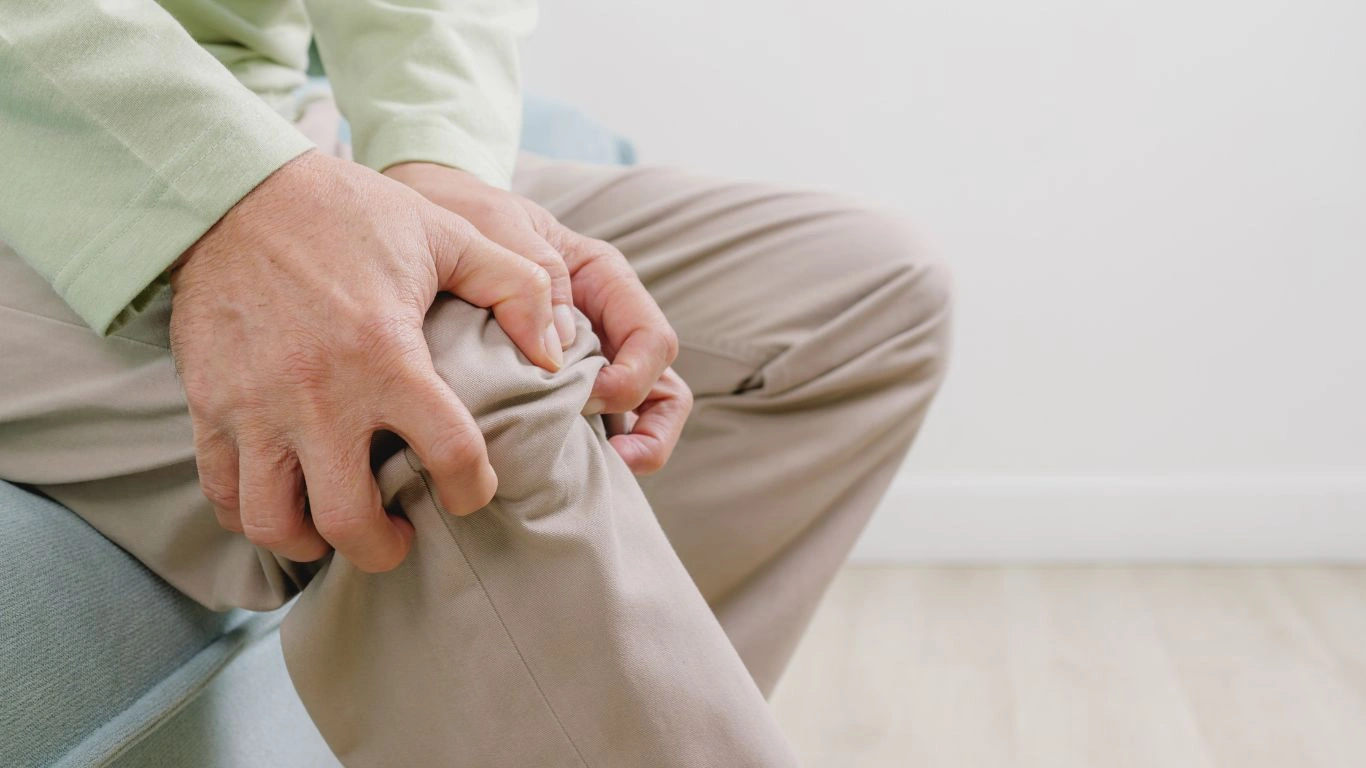
Simple Ways to Beat the Winter Flare-Ups
Here are a few go-to suggestions I often share in my clinic—easy, practical tips that can really help:
- Layer up smartly: Wear gloves and thermal socks to keep joints warm, even indoors if needed.
- Use heating pads: I personally love the microwaveable ones—they’re cozy and great for targeted relief.
- Stay active: Try chair yoga, tai chi, or even just walking laps around your home.
- Watch your diet: Stick to anti-inflammatory foods like salmon, leafy greens, and berries when you can.
- Hydrate: Yes, even in winter. Staying hydrated helps joint lubrication.
What I Tell My Patients: You’re Not Alone
One of the most important things I try to remind people—especially during the isolating winter months—is that they’re not alone in this. RA and winter joint pain is a shared experience for many, and while it’s tough, it’s also manageable. With the right strategies and support, it doesn’t have to control your life.
Natural Remedies and Therapies That Help in Winter

Don’t Underestimate the Power of Heat Therapy
I’m a huge fan of heat therapy—not just because it feels amazing on sore joints, but because it really works. Warm compresses, electric blankets, even a good soak in an Epsom salt bath can do wonders. I’ve had patients tell me their morning stiffness is cut in half after they add a simple heating pad to their routine. My personal go-to is a heated neck wrap after a long day—total game changer.
Topical Balms and Essential Oils
Let’s talk about natural balms for a second. There are a few menthol-based rubs and essential oil blends (think eucalyptus, peppermint, or even ginger) that many of my patients swear by. Just a dab on the knees or wrists before bed can ease discomfort. These aren’t cure-alls, of course, but they’re great as part of a larger RA self-care plan—especially when winter joints are acting up.
Supplements That May Support Joint Health
Now, I always emphasize: check with your provider first. But I’ve seen omega-3 fatty acids, turmeric (curcumin), and vitamin D make a noticeable difference for some people. During the winter, vitamin D deficiency is incredibly common—and it’s been linked to increased inflammation in those with autoimmune conditions like RA.
- Omega-3s: Found in fish oil, these can help reduce morning stiffness.
- Turmeric: Anti-inflammatory and antioxidant-rich—just be sure it’s a high-absorption formula.
- Vitamin D: If you’re stuck indoors with little sun exposure, talk to your doc about supplementation.
Staying Mentally Strong During Winter with RA

Because It’s Not Just Physical
Here’s something not enough people talk about—winter flares can take a real toll on your mental health. I’ve had patients come in feeling totally defeated, not just from the physical pain, but from the fatigue, the isolation, the frustration of feeling like they can’t keep up with their normal routines.
I always say, managing RA isn’t just about medications and movement—it’s about mindset too. And when you’re stuck inside while your joints are throbbing, it’s easy to fall into a funk.
Simple Habits That Can Brighten Your Mood
When the days get shorter and gloomier, I often recommend little routines that create structure and positivity. It doesn’t need to be a complete life overhaul. Here are some small but mighty things that help:
- Light therapy: Especially helpful if you’re dealing with seasonal depression on top of RA pain.
- Morning movement: Even just 10 minutes of gentle stretching can mentally reset your day.
- Stay connected: Virtual check-ins with friends or support groups help more than most people think.
- Practice gratitude: I know it sounds cliché, but journaling three small wins each day truly shifts perspective.
When to Talk to Your Rheumatology Provider
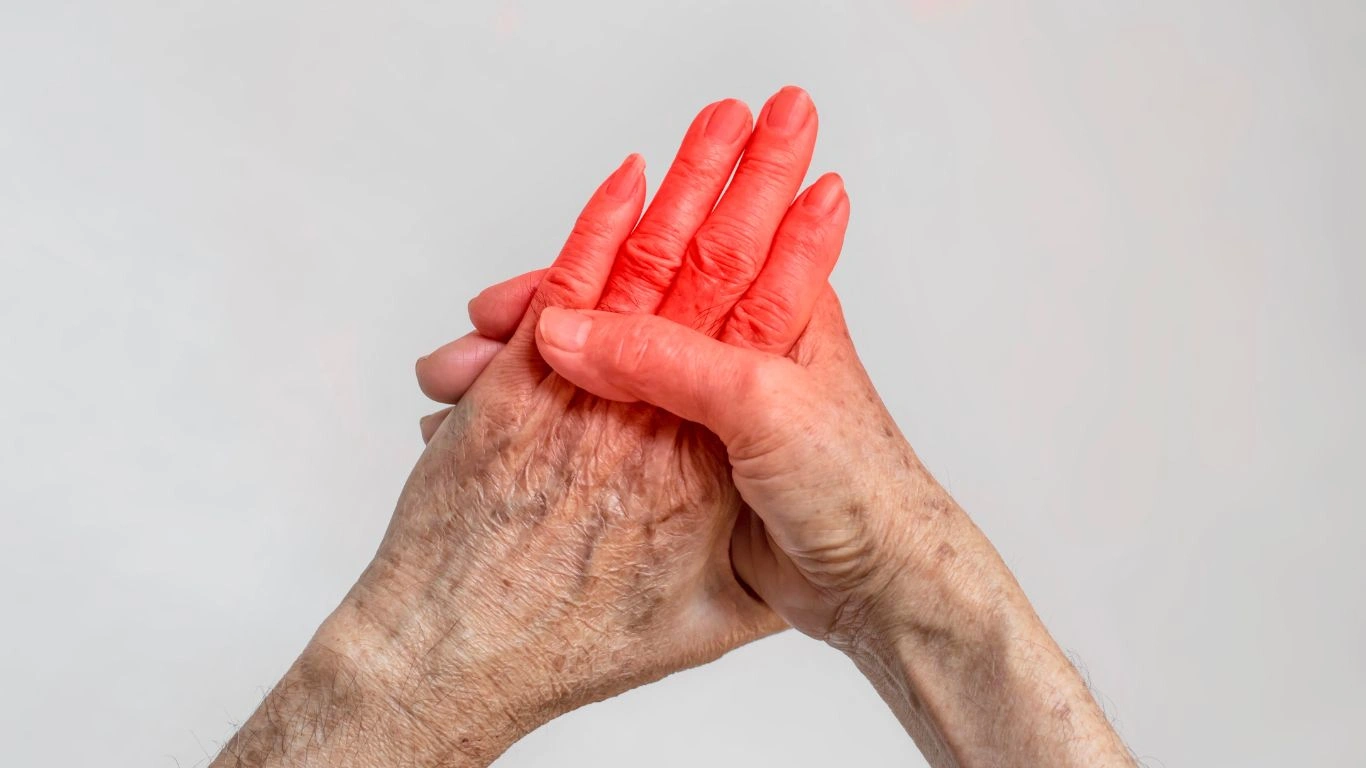
Knowing When a Flare Isn’t “Just the Weather”
Sometimes, what feels like seasonal pain could be a sign that your RA needs a treatment adjustment. I’ve had a number of patients assume their winter pain was just normal cold-weather stuff, but after evaluating, it turned out their disease activity had increased. That’s why I always encourage people to track symptoms—keep a log of pain levels, fatigue, mobility, and mood. Patterns tell us a lot.
What I Look For During Check-Ins
During winter appointments, I pay special attention to:
- Frequency and intensity of joint pain
- New swelling or stiffness that lasts longer than usual
- Signs of fatigue or low mood
- Any impact on daily activities or sleep
If you’re noticing that your usual coping tools aren’t cutting it, don’t wait until spring. Adjustments to medication, physical therapy referrals, or even short-term steroid use might be appropriate. That’s where clinical experience really matters—tailoring care to your current reality, not just sticking to what worked months ago.
Your RA doesn’t take a break just because it’s winter—so neither should your care plan.
Creating a Winter Wellness Plan for RA
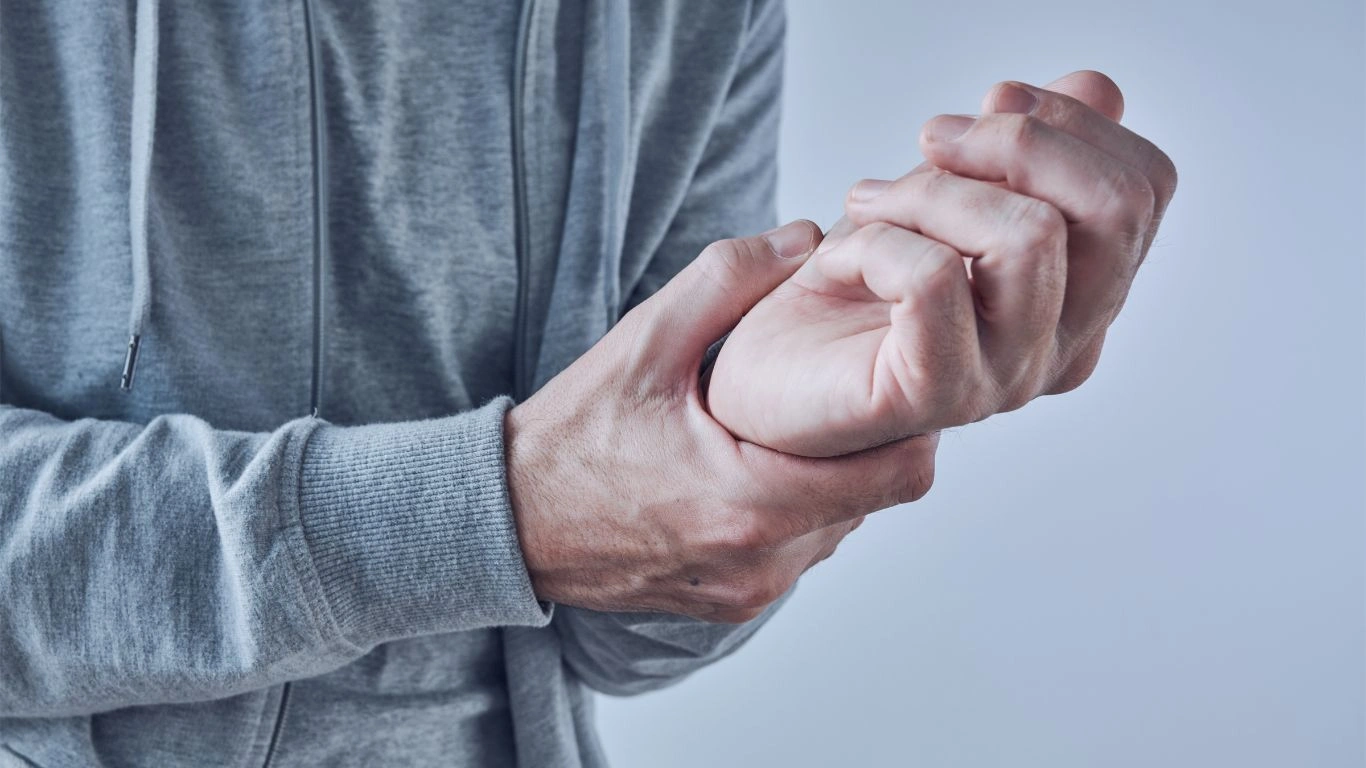
One Size Doesn’t Fit All
When it comes to managing RA and winter joint pain, there’s no universal “fix.” What helps one person might do nothing for someone else. That’s why I always encourage patients to take a personalized approach. Build a winter wellness plan that’s realistic, consistent, and—most importantly—adaptable. If something’s not working, tweak it. Listen to your body. Trust your instincts.
Here’s what I recommend building into a basic plan:
- Daily movement: Gentle exercise every day, even if it’s just 10 minutes of stretching
- Heat therapy schedule: Regular use of warm packs or warm baths to prevent stiffness buildup
- Sleep routine: Going to bed and waking up at the same time to help your body reset and repair
- Nutrition goals: Try aiming for two anti-inflammatory meals per day—like salmon with greens or a warm turmeric lentil soup
- Mental check-ins: Set a reminder to take a break, breathe, or talk to someone
I’ve seen patients thrive in winter once they found a rhythm that suited them. And no, it doesn’t have to be perfect. Some days, your joints just won’t cooperate—and that’s okay. The goal isn’t to “beat” RA, but to stay ahead of the flare-ups when possible.
Leveraging Community and Support Systems

You Don’t Have to Do This Alone
RA can feel incredibly isolating, especially when it’s cold, dark, and painful outside. One thing I’ve learned from years of practice is that community support changes everything. Whether it’s a Facebook group, a local arthritis foundation chapter, or just a friend who checks in regularly—it matters.
I once had a patient who joined a virtual walking challenge with other RA warriors. They kept each other motivated to stretch or take steps daily—even if it was indoors. That sense of shared experience really lifted her spirits during the toughest winter months. Sometimes just knowing you’re not alone in the struggle makes a world of difference.
When to Seek Additional Support
If winter has you feeling overwhelmed, it’s more than okay to ask for help. Whether you’re dealing with worsening symptoms or feeling mentally drained, talk to your provider. You deserve care that addresses both your physical and emotional health.
- Therapists who specialize in chronic illness
- Occupational therapists who can modify your environment for joint protection
- Nutritionists who understand autoimmune-friendly meal planning
These aren’t luxuries—they’re part of a solid, comprehensive RA care plan. Don’t wait until you’re in crisis mode to reach out.
RA and Winter Joint Pain: Small Wins Add Up
The Power of Consistency Over Perfection
One thing I stress to my patients constantly: consistency trumps perfection every time. You don’t need to be doing everything “right” all the time to see improvement. Just showing up for your joints daily—whether it’s with movement, meals, or mindfulness—pays off more than you might realize.
I’ve seen folks make small tweaks and get major relief. One woman added just 15 minutes of gentle yoga before bed and started sleeping better, which reduced her fatigue and helped with pain perception. Another started drinking warm lemon water in the mornings to kickstart circulation. These little things matter. They stack up.
Empowerment Through Education
Part of my job—and my passion—is helping people understand what’s going on in their bodies. When you understand the “why,” it’s easier to stick with the “what.” Why does cold weather affect your joints? Why do certain foods cause flares? Why does movement help? The more informed you are, the more in control you feel.
And trust me—empowerment makes a difference. When you feel like you have tools in your toolbox, winter doesn’t seem so overwhelming. You’re not just enduring it—you’re navigating it with intention.
Helpful References
- Arthritis Foundation
- National Institute of Arthritis and Musculoskeletal and Skin Diseases (NIAMS)
- Centers for Disease Control and Prevention (CDC)
Disclaimer
This article is for informational purposes only and reflects both evidence-based practices and my personal clinical experiences as a Rheumatology nurse practitioner. It is not intended to diagnose, treat, or replace medical advice from your healthcare provider. Always consult your doctor before making changes to your RA treatment or lifestyle routine.

Tarra Nugroho is a dedicated Nurse Practitioner with a strong foundation in family and preventive care. She brings both compassion and clinical expertise to her practice, focusing on patient-centered care and health education. As a contributor to Healthusias.com, Tarra translates medical knowledge into clear, empowering articles on topics like women’s health, chronic disease management, and lifestyle medicine. Her mission is simple: help people feel seen, heard, and informed—both in the clinic and through the content she creates. When she’s not caring for patients, Tarra enjoys weekend hikes, plant-based cooking, and curling up with a good health podcast.

